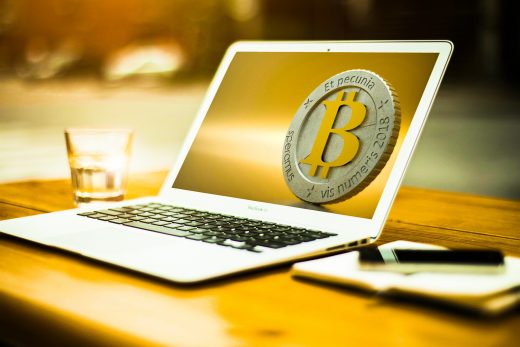The Securities Commission took everyone a surprise when they decided to allow and regulate IEO, instead of ICO.
In 15 January 2020, the Securities Commission of Malaysia (SC) has published a long awaited new legal framework on digital token namely the “Guidelines on Digital Assets”. The Guidelines are the legal framework for fundraising through digital token offering in Malaysia.
Few months back, the SC published a consultation paper seeking feedback from the public and industry players on the possibility to allow ICO activities, after conditionally licensed three digital asset exchange operators (exchanges) to operate in Malaysia. This Guidelines are made by the SC pursuant to the public consultation paper on ICO.
Instead of ICO, it turned out to be an IEO. This is not a surprise as SC had hinted in the Guidelines on Recognised Markets earlier in registering exchanges as recognised market operator where approved exchanges would have responsibility to become the “carrier” of token projects.
An IEO is different from an ICO where IEO seeks to conduct offering of sale of tokens via exchanges. In IEO activities especially in regulated jurisdictions, such activities impose legal responsibility follow by potential legal consequences on the exchange itself as it has primary task to vet the whitepaper and ultimately to approve or disapprove the offering.
After all, it appears that SC was facing certain level of pressure in having a proper regulatory framework on digital token offering in Malaysia, especially when the neighboring countries were and are implementing relevant framework.
You might not know, Malaysia is actually the fastest within the region to regulate IEO
The Monetary Authority of Singapore (MAS) had published the Guide to Digital Token Offerings on 15 November 2017. In the meantime, the Thailand Securities and Exchange Commission (SEC) has on 10 May 2018 published an Emergency Degree on Digital Asset Businesses containing, among others, provision for public offering of digital tokens. The Malaysian SC has merely on 15 January 2019 enforced the Capital Markets and Services (Prescription of Securities) (Digital Currency and Digital Token) Order 2019 to classify all types of cryptocurrencies as securities.

An overview on the Guidelines shows that it is a mild commencement for the Malaysian authority to take cognizance and finally allow fundraising via digital tokens. The Guidelines are mainly divided into two parts, governing (i) the token issuer; and (ii) the IEO operator.
Let’s have a look into the essential terms of the IEO Guidelines.


The plan is to succeed. If you failed to sell all tokens, you must return all monies.
Requirements on Issuance and Investment Limit
- maximum fund raised is set at RM100m subject to the formula of:
Shareholders’ funds x 20 times = maximum funds to be raised within continuous 12 months but subject to the RM100m ceiling - all tokens must be fully subscribed failing which all monies received must be returned
Another surprise! The SC allows RETAIL INVESTORS to take part!

More often that not, accredited investors are not an issue in each and every kind of investment plans, because in the eyes of the authority(ies), accredited investors such as sophisticated and angel investors are deemed smarter and possess better financial knowledge than normal retail investors. The authority(ies) has been saying all the time that they are required to protect the society and retail investors at large, which is totally right.
Not because the technology is too fast, but because the law is too slow.
Further, digital asset has been treated cautiously by all the authorities around the world mainly due to the advancement of technology is always faster than legislative reforms. The law just couldn’t quickly regulate advancement of technology, not because it is too fast, but because the enactment of law is too slow.
As such, it was a rather surprising move that the Securities Commission allows retail investors to take part in IEO but they will be restricted in a restricted manner. Be that as it may, it is a mild step for the authority to accept the unavoidable trend of digital asset (and of course blockchain technology) especially from the perspective of financial and investment.
It is definitely a brave move from the authority, and not to forget, a gentle and mild approach taken by the authority in accepting digital asset, regardless by will or by force.
I hope this article helps you understand the new Malaysian IEO legal framework better.
If you need further information or consultation, let me know your feedback.
[contact-form-7 id=”170″ title=”Contact form 1″]Please find the entire Guidelines on Digital Assets here. The Guidelines will come into force in 2H2020.
This article was written by Malaysian Tech Lawyer Marcus Tan Kian Han which was first published at his LinkedIn page on January 19, 2020.

Image by mohamed Hassan from Pixabay



